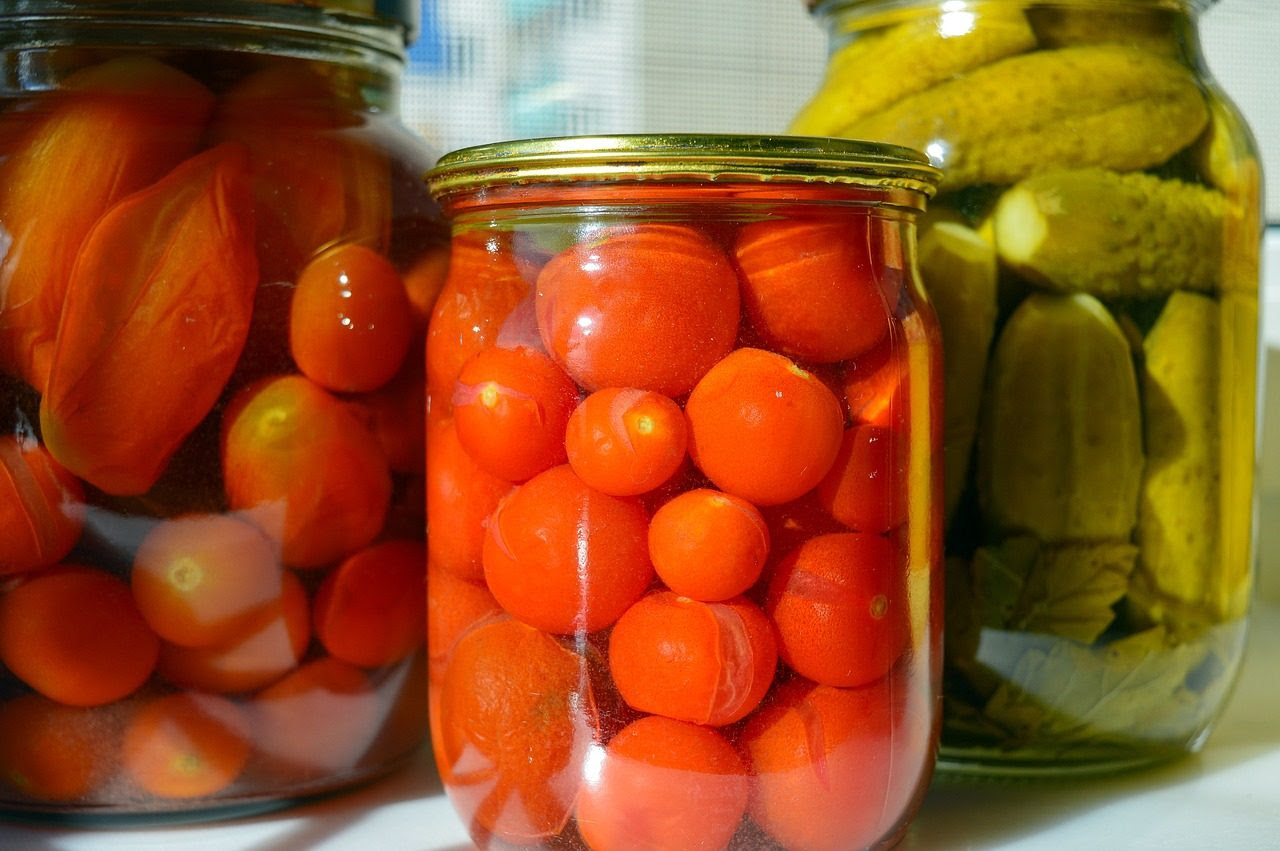
Pickled vegetables in a mason jar. Homemade salsa. Craft ketchup.
Each summer, people use a variety of home food preservation methods to make their garden harvest last all year, and many of them involve acidifying food with vinegar.
But with low-acidity vinegars becoming increasingly prevalent, consumers can’t just grab any bottle from the shelf. They need to check the label carefully, according to Virginia Tech food safety experts Melissa Wright and Lester Schonberger, as any vinegar with less than five percent acidity cannot be used in home food preservation.
“There has been a recent increase in the number of questions we’ve been getting about the presence of four percent acidity vinegar in the marketplace and if these can be used to safely preserve foods at home,” said Schonberger, associate Extension specialist in the Department of Food Science and Technology. “No, they cannot.”
While vinegar comes in many varieties, including distilled, white, apple cider, balsamic, red wine, malt, and more, all contain acetic acid and should be labeled with their contents’ percent acidity. If they don’t, Schonberger said, consumers should avoid buying it for their home canning needs.
“Some labels may also bear the concentration in grains, where 10 grain is equal to one percent acidity, so you’d want to look for 50 grain vinegar,” said Wright, director of the Food Producer Technical Assistance Network in the Department of Food Science and Technology. “Vinegars with less than five percent acetic acid concentration should never be used in home food preservation, as they can lead to unsafe pH levels and spoilage.”
Using vinegars with greater than five percent acidity is an acceptable substitute when five percent isn’t available as long as consumers don’t use less vinegar than a recipe calls for, and it should be assumed that all non-specific recipes refer to an at least five percent acidity product. Five percent is the standard when recipes.
“A food scientist knowledgeable in acidified foods or a local Extension agent would be good resources to help with answering questions about a recipe,” she said. “When in doubt, reach out.”
For questions about where to get good food-safe recipes, home canners can consult the National Center for Home Food Preservation, the USDA Complete Guide to Home Canning, or a Cooperative Extension System such as Virginia Cooperative Extension (VCE).
“If you live in Virginia, your local VCE agent may have some home food preservation workshops in the coming weeks or months,” Schonberger said. “For those who cannot attend an in-person program, we also offer an online home food preservation workshop that covers the science supporting various methods of preservation that anyone can sign-up for.”
Margaret Ashburn for Virginia Tech



